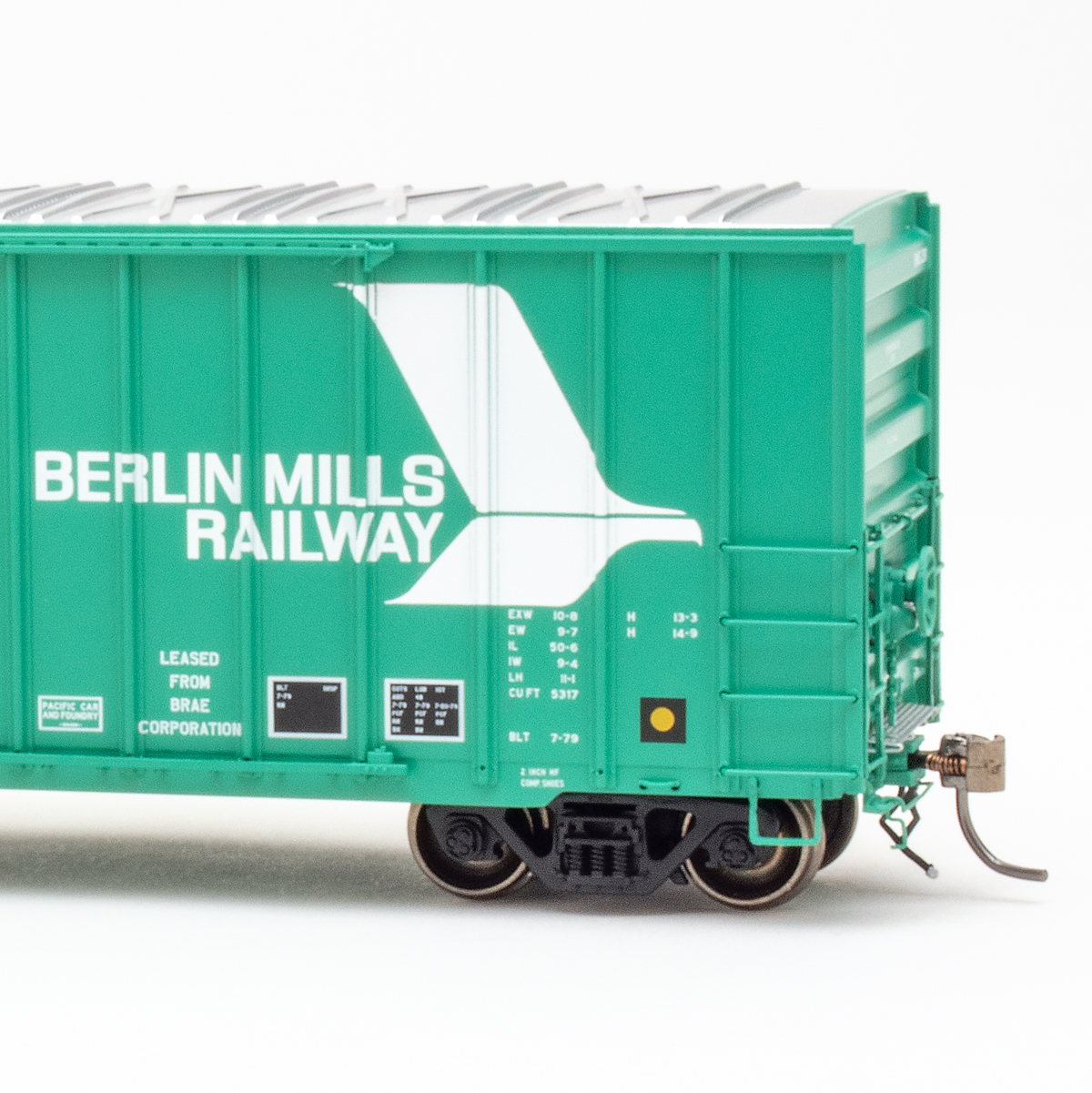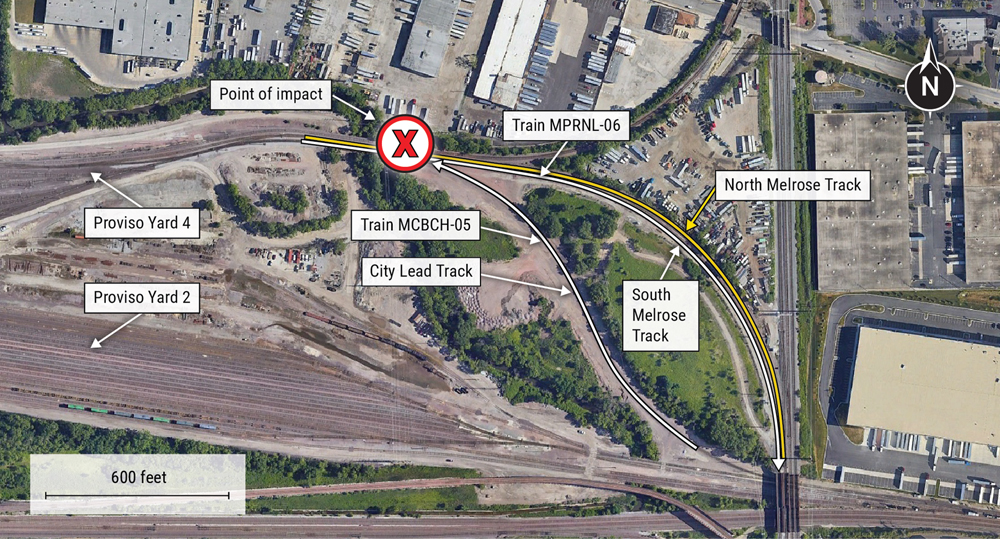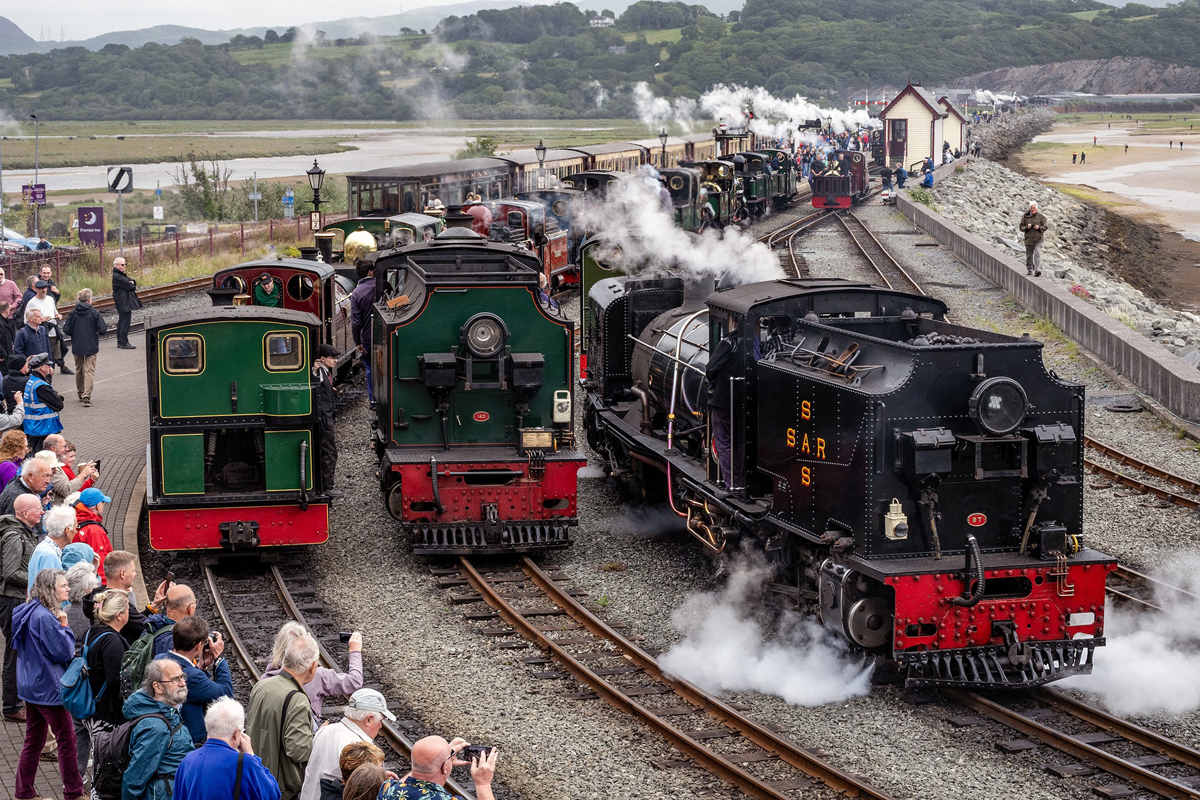
LONDON — A British company has announced plan to convert a 1980s diesel locomotive to a prototype of a zero-emission steam powered unit.
Rail equipment leasing firm Eversholt Rail Group said earlier this month it would convert a British Rail Class 60 locomotive, a C-C unit built by Brush Traction, in a partnership with Steamology, a start-up company in West Dawn, Hampshire, with a focus on green steam technology.
According to a press release, the Class 60’s power plant will be replaced with 20 steam generators, four steam turbines, and roughly 310 lbs. of gas storage. The equipment will use new technology, developed by Steamology, to generate high-pressure steam by burning hydrogen in oxygen within these modular generators, minus the generating of carbon emissions.
“Eversholt Rail has invested in many rail vehicle innovations and technology upgrades over the last 30 years,” client services director Paul Sutherland said. “We are delighted to bring this experience and our funding to this project, and we are excited to see where this technology goes.”
Arup and Freightliner have also been brought in to serve as consultants for the project. The conversion is currently planned for 2025 with tests to follow. If successful, similar modifications can be applied to other existing or newly built locomotives. All partners look to this technology in the long term as an efficient alternative to diesel power while complementing vast sections of the U.K. freight rail network lacking electrification.














At least they won’t be spending our tax dollars on such foolishness.
Or….now hear me out while I get a little crazy….
They could electrify their rail network. If the Russians can maintain electrification on the Trans-Siberian (much of which is in extremely remote areas) the Brits can do it.
The Brits have much of their network already under wires with good equipment if half the money spent on this hare-brained idea were spend to improve what they already have what a savings to tax payers and good transportation for all………..
This diesel-steam hybridization reminds of an article I once read that long ago, the Brits and others experimented with igniting diesel fuel in the steam cylinders.
https://en.wikipedia.org/wiki/Steam_diesel_hybrid_locomotive
I hate to be a naysayer on this, but….several countries (Germany, Italy, France, Argentina, Sweden & Switzerland) have tried this before, with zero success. The UK tried it and it was a failure as well (The LMS Turbomotive). Here in the U.S., Baldwin built the S2 for the Pennsy….again, a failure.
On the positive side (almost positive), GE built two steam-powered turbine locos for the U.P. in 1938. They were oil-burning gas turbines, only moderately successful.
Baldwin also built the M-1 Class for the B&O – a coal-fired steam turbine – in 1948. Not a good one, as the three Baldwin built were scrapped in 1950.
In 1954, Baldwin built the “John Henry”, a coal-fired steam powered turbine which generated electricity for the traction motors on the axles, for the Norfolk & Western. Coal dust in the traction motors led to its demise in January 1958.
Over all, this hasn’t exactly been a proven technology, which is why I am sucj a naysayer about it.
Is there a parallel in the Genset, which used two or three small diesel generators to replace one larger one. Complexity helped kill the idea. And here we have 20 boiler systems plus their turbines? And lots of wiring. Does not compute!
Steam locomotives had an efficiency rating of 15%.
Now, adding hydrogen may increase the efficiency, but will definitely increase the cost.
We should be working on nuclear fission where we split the water molecule and create tremendous power with only a water vapor byproduct.
Until that is perfected we should stick to diesel.
Here is a safe nuclear source known as liquid fluoride thorium reactors (LFTR) that could hopefully fire those steam engine boilers some day.
https://en.wikipedia.org/wiki/Liquid_fluoride_thorium_reactor
If hydrogen is the basic fuel, then the cost of creating hydrogen must be added to the cost/benefit analysis, plus the cost of installing new fueling systems at each yard site. And the transportation cost to supply all these refueling sites.
This is an improvement? Or just a way to waste environmental development funds governments are shoveling out the door?
As any global warming enthusiast knows, electricity and hydrogen are by definition ‘green’ even though they are largely created by burning fossil fuels. The huge environmental impact of the added mining required to produce the needed raw materials (copper production would have to double) are also of no concern. Electricity, hydrogen., huge increases in copper, rare earths, lithium,… production will appear via ‘immaculate conception.’ As a side note, the added electricity needed to supply a ‘green’ battery factory in Kansas will be supplied by keeping a coal-fired generating plant in operation.
I recall a story in Trains in the 90’s or early 2000’s of an idea to bring steam back and that it would be a viable test, think the model was painted in R.J. Corman colors. Fast forward today and Eversholt proposes a “prototype” steam engine and people freak out thinking they know more than Eversholt engineers. It’s a test that may very well go back to the drawing board, just like most inventions, including when Frank and Charles Duryea put a gas engine in a buggy then after tinkering made it work.
From Steamology’s website it looks like they plan on installing 20 small what they call boilers attached to generators to create the needed electricity to the traction motors, hence the Class 60. These units do not look like your typical steam boiler with a firebox, boiler tubes and the like.
Burning hydrogen and oxygen to produce steam to turn a turbine presumably to run a generator still has the efficiency limits of a heat engine. It’s a lot more efficient to use a fuel cell to convert hydrogen and oxygen directly into electricity.
Since turbines are only efficient at constant speeds I assume the turbines will be used to generate electricity. So we will be comparing the efficiency and complexity of a Diesel direct powered generator to that of a steam boiler to steam turbine powered generator. The added complexity, cost and weight of the boiler steam cycle means this isn’t going to be viable. It just speaks to the insanity of the green energy movement which is basically replacing efficient, cost effective and reliable power with expensive, inefficient and unreliable sources which have to further advantage of requiring huge amounts of raw materials (doubling copper mining for example). And the taxpayers and ratepayers get to fund all this.
Why convert a Class 60 when there are plenty of steam locomotives such as “Evening Star” that could fit the bill nicely?